Post-Storm Flooding: The Hidden Danger Of Hurricanes
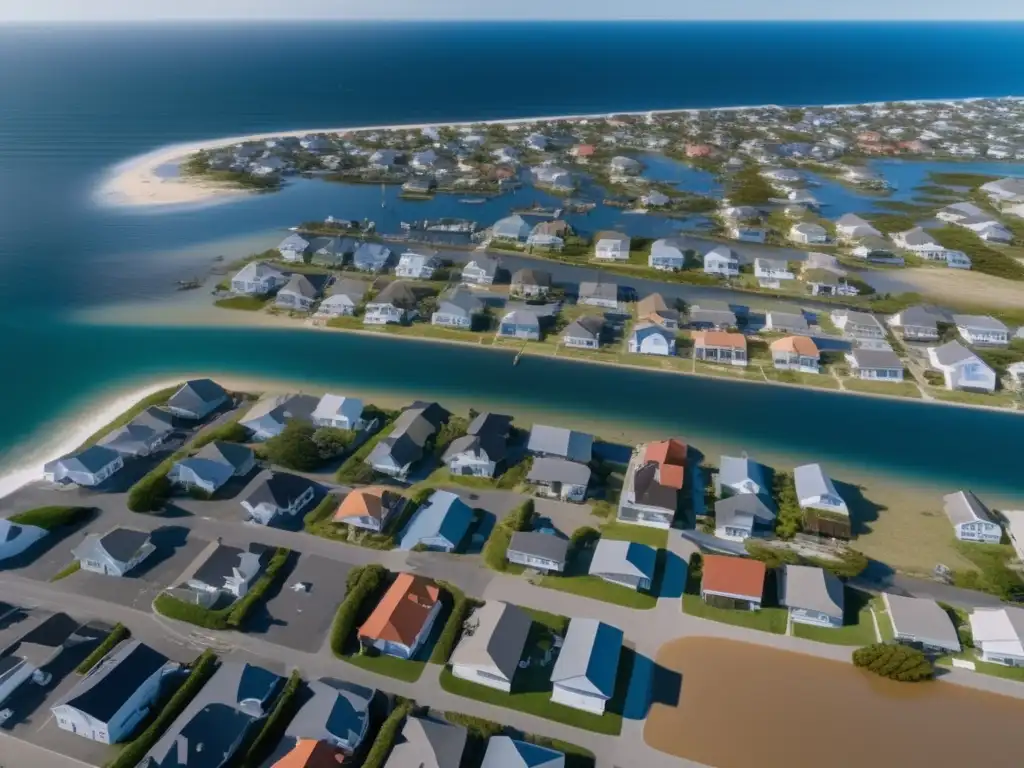
Post-Storm Flooding: The Hidden Danger of Hurricanes
Introduction
Hurricanes are one of the most severe natural disasters that can hit coastal regions, causing significant damage to infrastructure and homes. Although the actual hurricane's impact can be destructive, post-storm flooding is often the hidden danger that causes the majority of the fatalities and destruction. Floods can bring sudden surges of water to areas not usually affected by floods, and in the case of hurricanes, the floodwaters can be contaminated with sewage and other hazardous materials. In this article, we will delve into the topic of post-storm flooding, discuss its dangers, sources, and how to prepare for the inevitable.
How Does Post-Storm Flooding Occur?
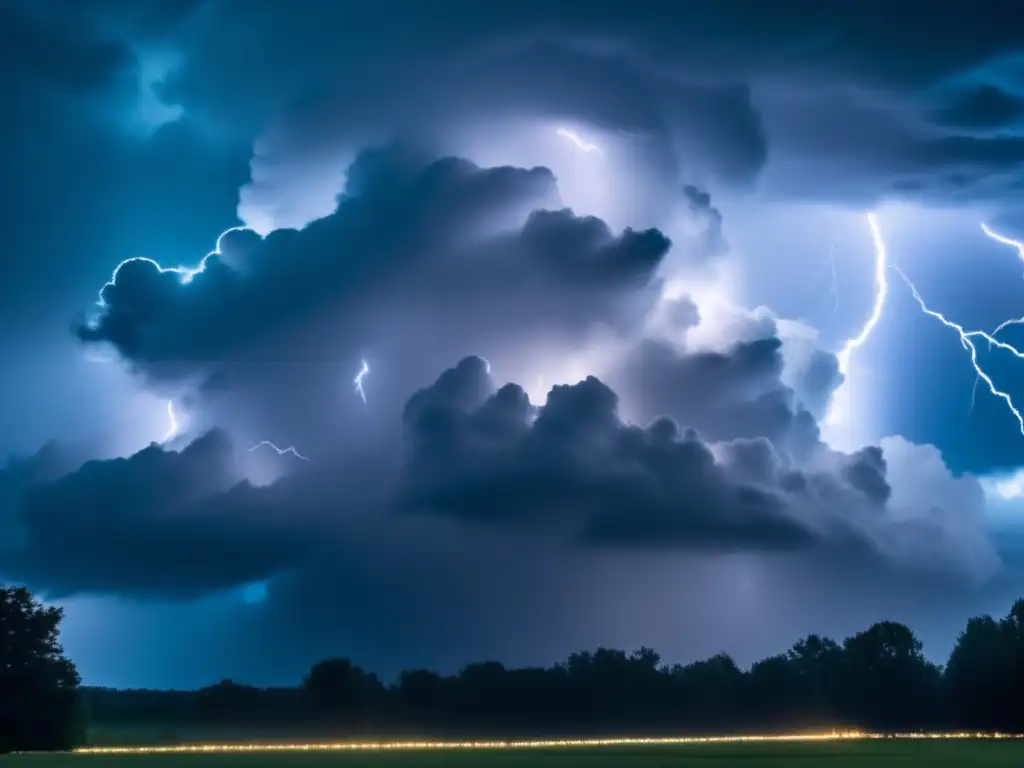
The Anatomy of a Hurricane
Before discussing post-storm flooding, it is pertinent to understand the anatomy of a hurricane. A hurricane forms when warm, moist air moves over the ocean's surface, and as the warm air rises, it leaves behind an area of low pressure. As the low-pressure area forms, more air rushes in from all sides, causing a swirling pattern. This movement is known as the Coriolis effect and is influenced by the Earth's rotation. Once a full rotation occurs, the hurricane is fully formed and has an eye in the center.
Hurricanes cause significant damage due to their strong winds, but the major reason for flooding is the heavy rainfall associated with them. Once a hurricane makes landfall, it slows down, and the rain bands surrounding the eye of the hurricane begin to dump water on the affected region. The amount of rainfall can vary from inches to feet, depending on the hurricane's size and speed.
The Effects of Hurricane-Induced Flooding
The aftermath of a hurricane is often the most dangerous part of the natural disaster. Inland flooding caused by hurricanes can be a deadly and destructive force, as seen in Hurricane Harvey, which hit Houston in 2017. It led to more than 80 fatalities and billions of dollars in damages.
The flooding can happen in different ways, depending on the severity of the hurricane and the area. For example, coastal regions may experience storm surges, which are sudden floods resulting from the hurricane winds pushing water up onto the shore. Inland regions may experience river or flash flooding, which can be even more devastating if the area is not accustomed to flooding.
Moreover, post-storm flooding can also result in toxic and hazardous waste flowing into water bodies and contaminating groundwater. Sewage systems can become overwhelmed due to the excess water, leading to reports of untreated sewage entering streams and other bodies of water. The stormwater runoff from roads and streets can contain oil, gasoline, and other pollutants, further contributing to the contamination of water bodies.
Preparation for Post-Storm Flooding
It is essential to prepare for the possibility of post-storm flooding before a hurricane hits. The following measures can help minimize the damage caused by flooding:
- Identify potential flood-prone areas in your region: Look at FEMA's flood maps to determine areas that may be at risk of flooding.
- Have an emergency kit: Prepare an emergency kit with basic supplies, including food, water, medical supplies, and other essentials.
- Raise electrical components: Electrical components that may come into contact with floodwaters should be raised above the expected water levels.
- Secure propane tanks: Propane tanks should be secured to prevent them from floating away during flooding.
- Secure outdoor items: Outdoor furniture and other equipment should be secured to prevent them from being carried away by floodwaters.
The Dangers of Post-Storm Flooding
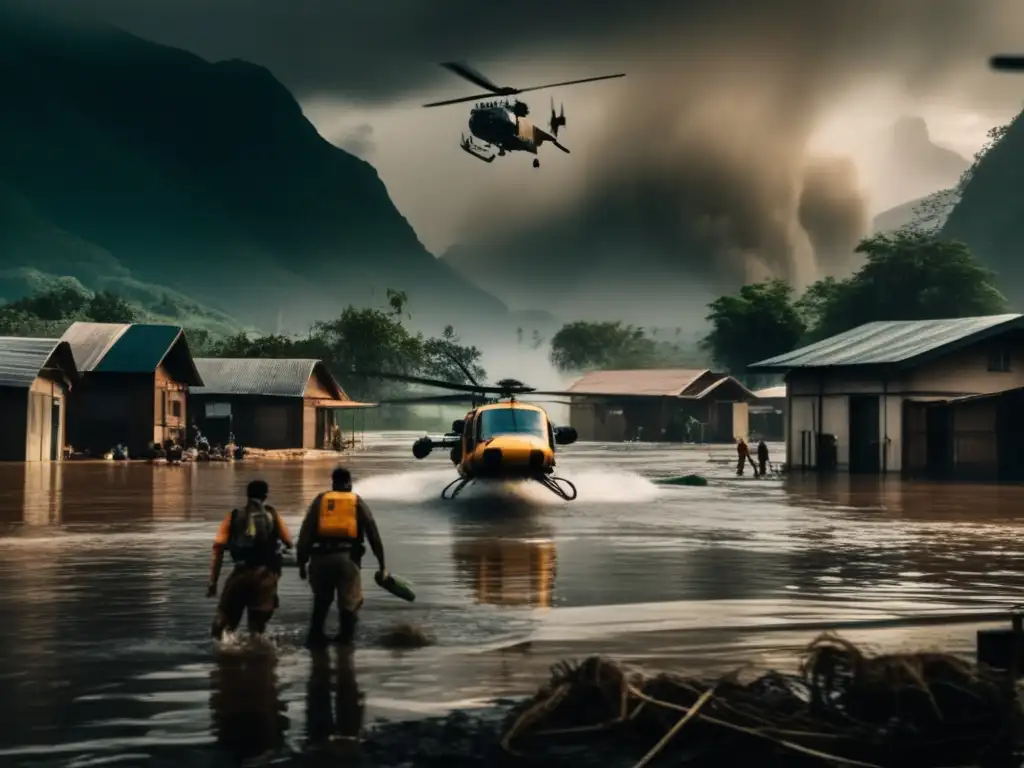
The Short-Term Risks of Post-Storm Flooding
Post-storm flooding can have short-term risks such as:
- Drowning: Floodwaters can sweep people away, leading to drowning.
- Electrocution: Electrical components that come into contact with floodwaters can pose a risk of electrocution.
- Injury: People can suffer injuries due to debris being carried by the floods or slipping on wet surfaces.
- Explosion: Propane tanks that come into contact with floodwaters can lead to explosions.
The Long-Term Risks of Post-Storm Flooding
Post-storm flooding can also have long-term risks such as:
- Health issues: Floodwaters can contain hazardous materials, including sewage, chemicals, and other pollutants, leading to the spread of diseases.
- Water contamination: Floodwaters can contaminate water bodies and groundwater, rendering them unsafe for drinking and other uses.
- Structural damage: Floodwaters can weaken structures, leading to costly repairs and reconstruction.
- Economic impacts: Communities affected by post-storm flooding can experience significant economic losses, affecting businesses, employment, and tourism.
How to Stay Safe During Post-Storm Flooding
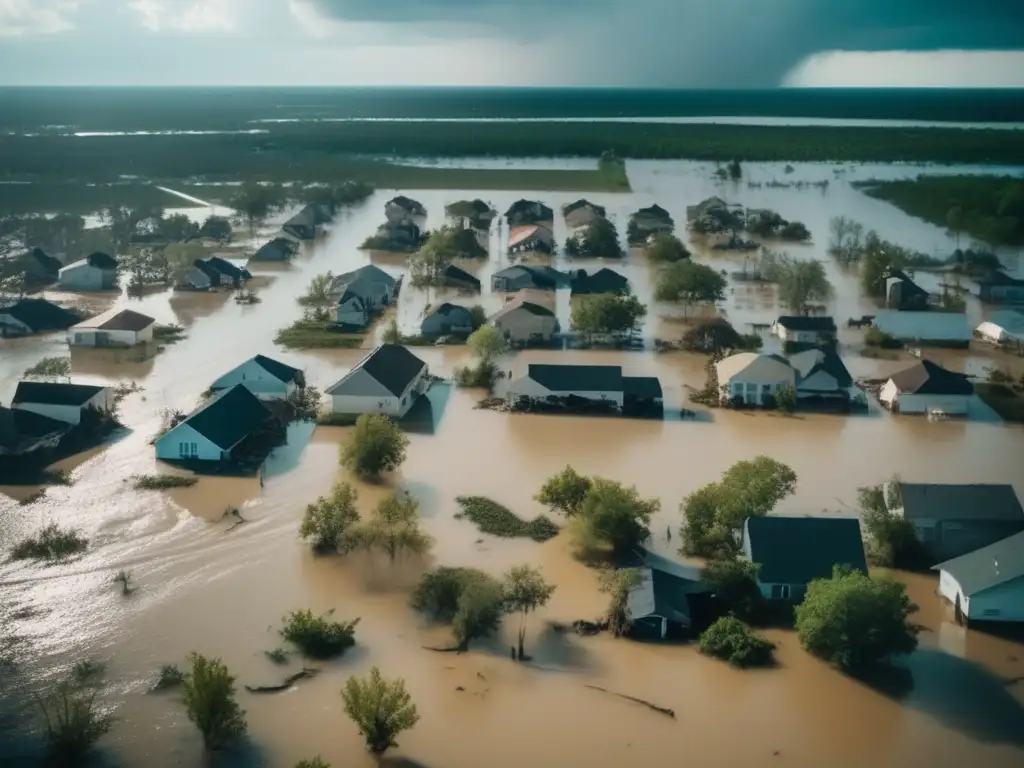
Evacuate if Necessary
If you live in an area that is prone to flooding, it is essential to heed evacuation warnings from local authorities to ensure your safety. If a flood warning is issued, listen to the radio or television for updates on the situation and evacuate immediately if directed to do so.
Avoid Floodwaters
Avoid walking through floodwaters as they may contain sharp objects, debris, or other hazardous materials. Moreover, the currents can be strong and unpredictable, leading to drowning.
Stay Away from Electrical Components
Do not touch electrical components that come into contact with water. If you see power lines that have come down, stay away from them and report them to the authorities.
Practice Proper Hygiene
Wash your hands frequently with soap and water, especially if you've been in contact with floodwaters. If possible, avoid contact with floodwaters altogether.
Frequently Asked Questions
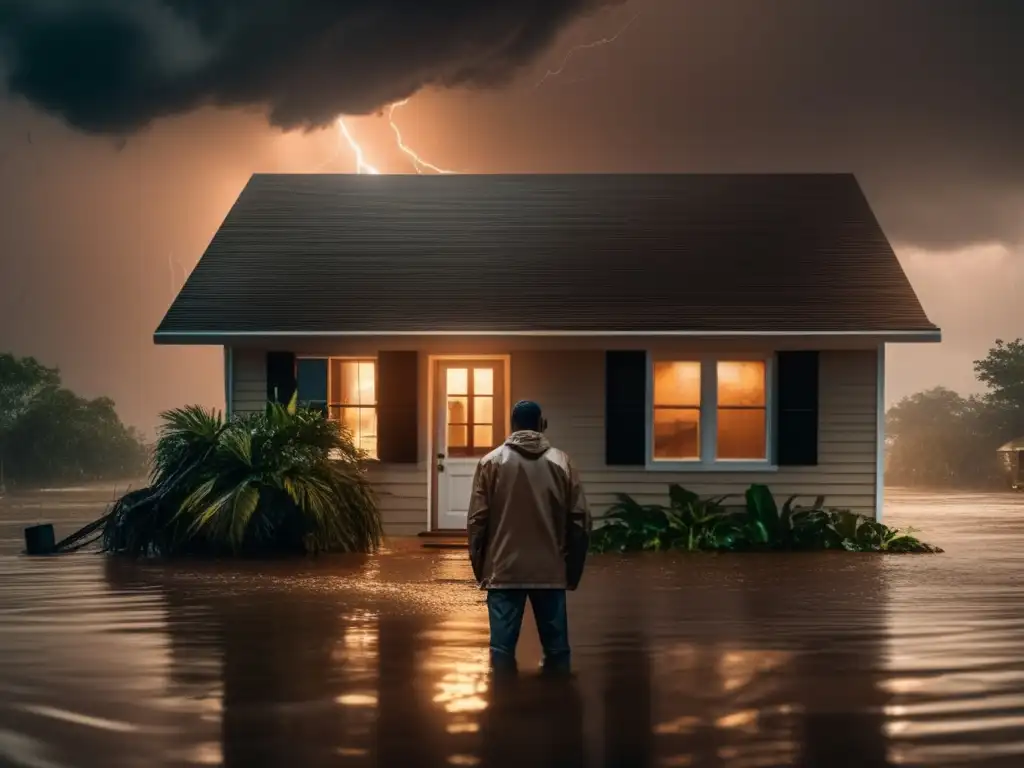
-
What causes post-storm flooding?
Post-storm flooding is caused by excessive rainfall, coastal flooding, and flash flooding from heavy runoff.
-
What are the dangers of post-storm flooding?
The dangers of post-storm flooding include drowning, electrocution, injury, and the spread of diseases due to contaminated water.
-
How can I prepare for post-storm flooding?
You can prepare for post-storm flooding by identifying potential flood-prone areas, securing outdoor items, raising electrical components, having an emergency kit, and securing propane tanks.
-
What should I do if my area is facing flood warnings?
If your area is facing flood warnings, it is essential to heed evacuation warnings from local authorities to ensure your safety. If a flood warning is issued, listen to the radio or television for updates on the situation and evacuate immediately if directed to do so.
-
How can I stay safe during post-storm flooding?
You can stay safe during post-storm flooding by avoiding floodwaters, staying away from electrical components, practicing proper hygiene, and evacuating if necessary.
Conclusion
Post-storm flooding is often the hidden danger of hurricanes, causing significant damage and fatalities. The rainfall associated with hurricanes can quickly lead to flooding, which can contaminate water sources, lead to structural damage, and pose short-term and long-term risks to people's health. Thus, it's crucial to take measures to prepare for the possibility of flooding, including raising electrical components, identifying potential flood-prone areas, and having an emergency kit. During flooding, it's vital to practice safety measures, including avoiding floodwaters and staying away from electrical components. By taking these steps, we can minimize the damage caused by post-storm flooding and keep ourselves and our communities safe.
Additional Resources
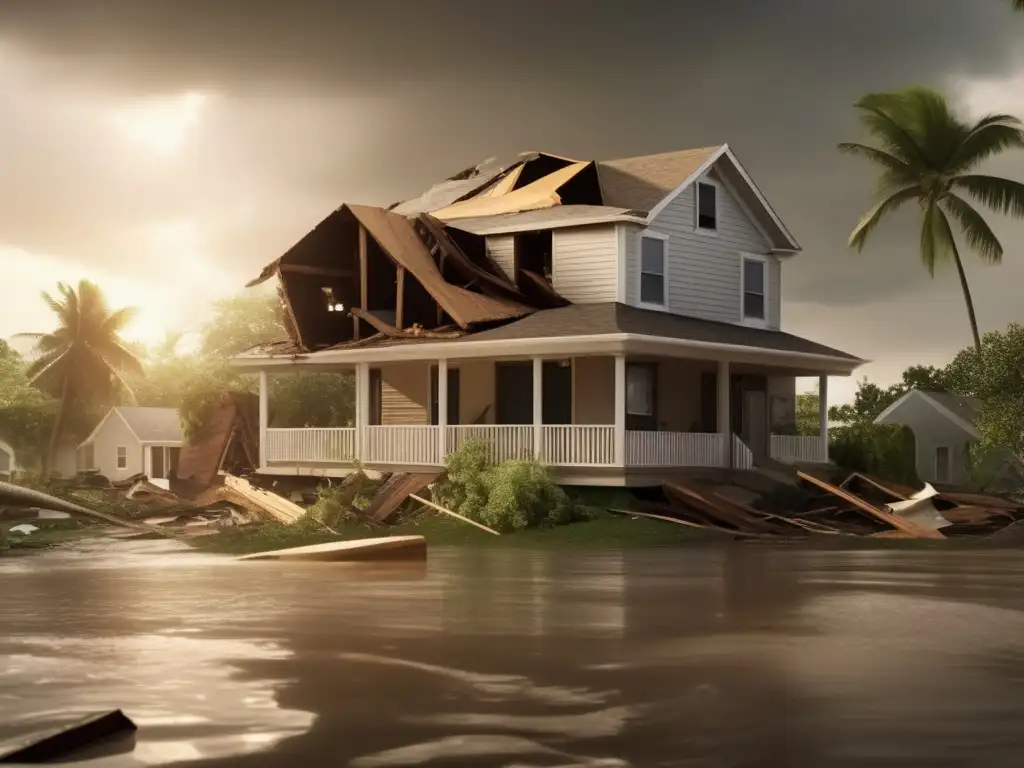
- Flood safety tips from Ready.gov
- FEMA flood mapping products
- CDC guidelines for staying safe after a flood
 Why Are Hurricanes Less Common In The South Atlantic?
Why Are Hurricanes Less Common In The South Atlantic? The Economic Consequences Of Major Hurricanes
The Economic Consequences Of Major Hurricanes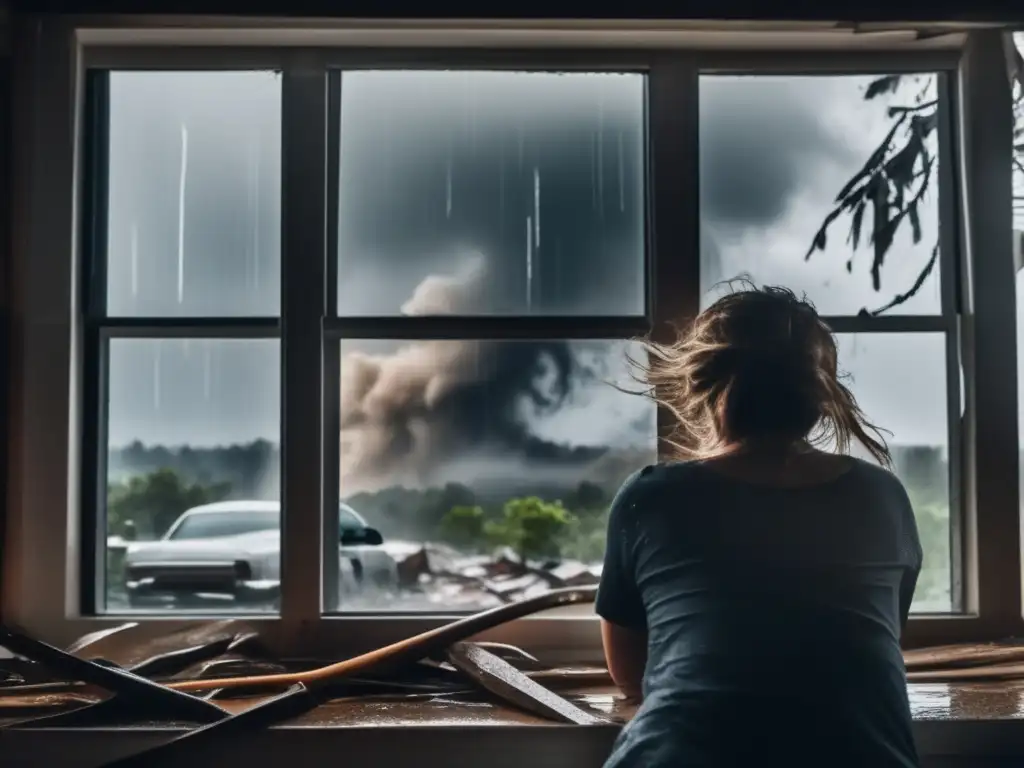 Hurricanes And Mental Health: The Psychological Impact
Hurricanes And Mental Health: The Psychological ImpactIf you want to discover more articles similar to Post-Storm Flooding: The Hidden Danger Of Hurricanes, you can visit the Basic knowledge about hurricanes: category.
Leave a Reply

Articulos relacionados: